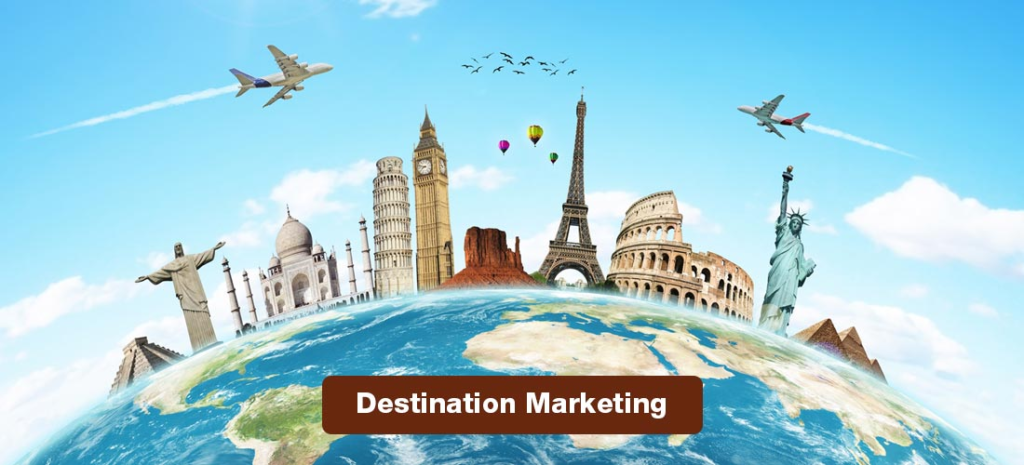In tourism, campaigns for destination marketing play a pivotal role in shaping perceptions, influencing travel decisions, and driving visitor numbers. Over the years, these campaigns have undergone a significant evolution, adapting to changing consumer preferences, technological advancements, and global trends.

Nowadays, successful destination marketing campaigns require a strategic approach that integrates creativity, data-driven insights, and digital innovation. Since the competition for attention is fierce and the audience’s expectations are ever-evolving, staying ahead requires a strategic approach that resonates deeply with travelers. So, this article looks into the evolution of marketing campaigns and explores strategies for success in this ever-evolving industry.
The Traditional Approach: Postcards and Brochures
Once upon a time, destination marketing relied heavily on traditional mediums such as postcards, brochures, and print advertisements. These materials showcased picturesque landscapes, iconic landmarks, and cultural attractions, enticing potential travelers to explore new places. While these methods were effective in their time, they lacked the ability to reach a vast audience or provide real-time interaction.
Enter the Digital Era: Websites and Social Media
The advent of the internet revolutionized destination marketing, offering new avenues to engage with travelers on a global scale. Such websites became essential platforms for showcasing tourism offerings, providing comprehensive information, and facilitating trip planning. Social media platforms have come up as powerful tools for destination marketers to connect directly with consumers, share captivating visuals, and leverage user-generated content.

Power of Influencers and User-Generated Content
In recent years, marketing has shifted towards leveraging the influence of influencers and user-generated content. Collaborating with influencers allows destinations to reach highly targeted audiences and create authentic narratives that resonate with travelers. User-generated content, like photos and reviews shared by visitors, enhances credibility and provides valuable insights into the visitor experience.
Storytelling and Experiential Marketing
One of the most potent tools in such marketing is storytelling. Beyond merely showcasing attractions and amenities, effective campaigns weave narratives that evoke emotions and spark wanderlust. Through storytelling, they can highlight their unique culture, history, and local traditions, creating compelling narratives that resonate with travelers on a deeper level. Experiential marketing takes this a step further by creating immersive experiences that allow travelers to actively participate in the destination’s story. Whether it’s a culinary tour through bustling markets or a hands-on workshop with local artisans, experiential marketing fosters memorable moments that leave a lasting impression.
Personalization and Data-Driven Insights
Today, successful marketing campaigns are driven by data and personalization. Advanced analytics tools enable marketers to gather valuable insights into consumer behavior, preferences, and booking patterns. By leveraging this data, they can tailor their messages and experiences to cater to the specific needs and interests of different traveler segments.
Embracing Digital Innovation: Virtual Reality and Augmented Reality
Innovative technologies like VR and AR are transforming the way destinations market themselves. VR allows travelers to immerse themselves in virtual tours of places, hotels, and attractions. It provides a preview of their potential travel experiences. AR enhances on-site experiences by overlaying digital information onto the physical environment, enhancing engagement and interactivity.
Collaboration and Partnerships
Collaboration is key to marketing success today. Destinations often collaborate with airlines, hotels, tour operators, and other stakeholders to create integrated marketing campaigns that offer comprehensive travel experiences. Strategic partnerships can amplify marketing efforts, expand reach, and create synergies that benefit everyone involved.
The evolution of destination marketing campaigns reflects the changing dynamics of the tourism industry and the shifting preferences of travelers. By embracing emerging technologies, harnessing the power of influencers, and fostering collaboration, destinations can navigate marketing and inspire travelers to explore new horizons.






